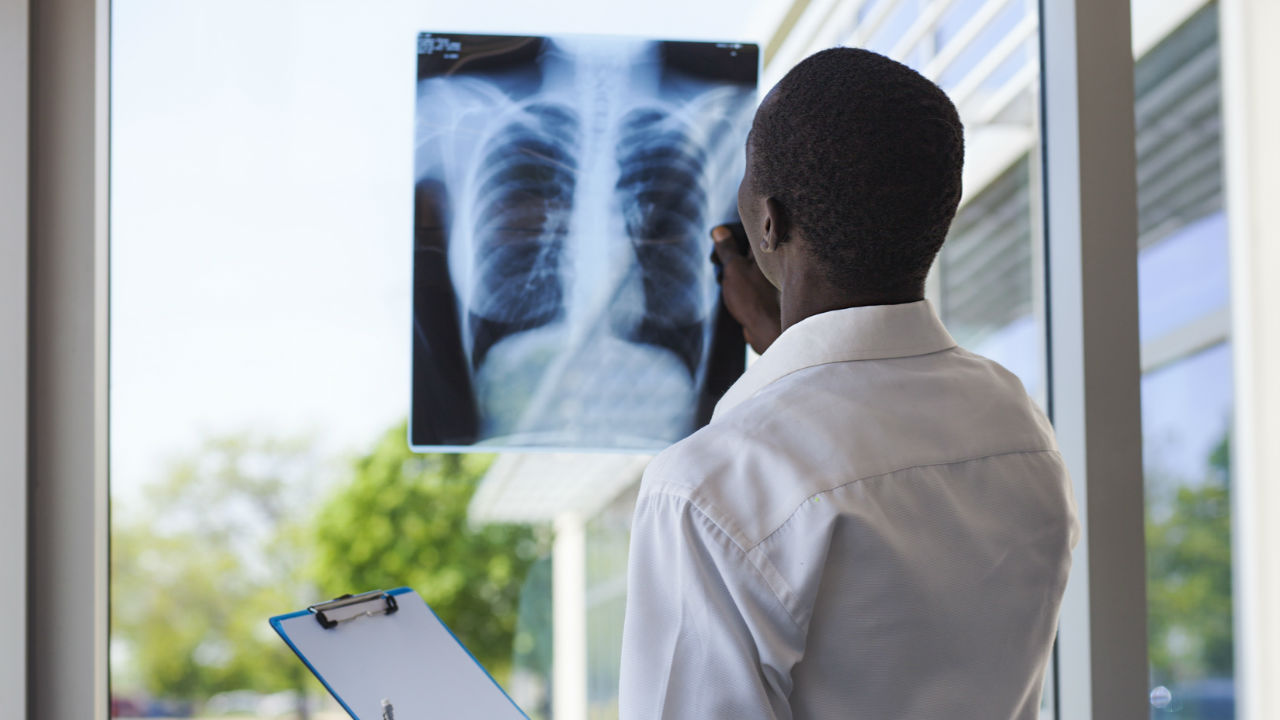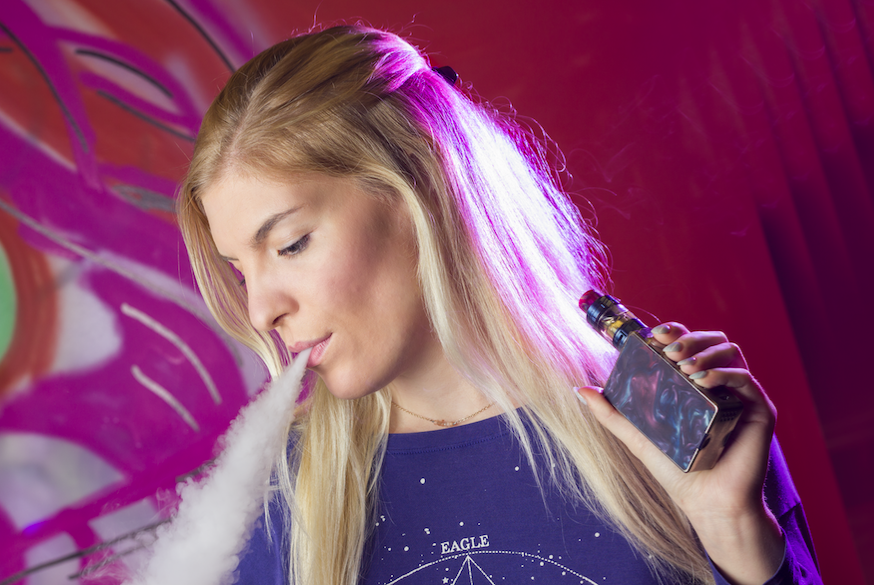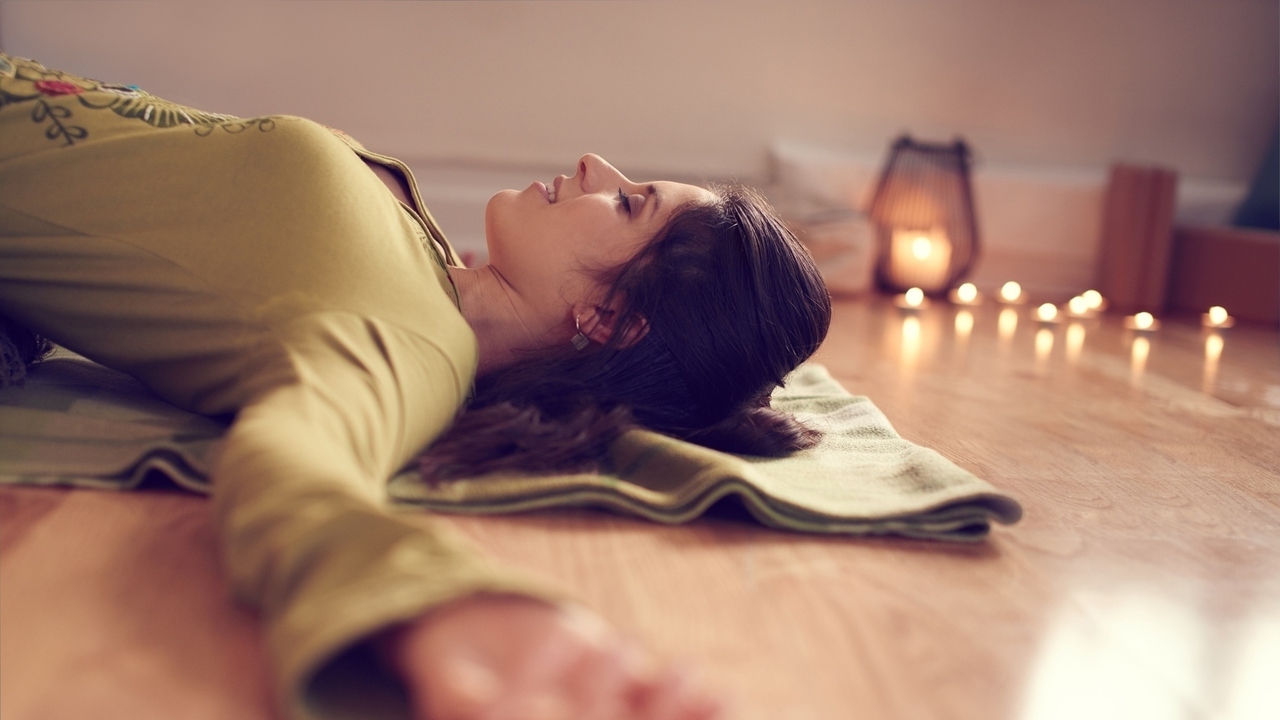 alpgiraykelem/Fotolia
alpgiraykelem/Fotolia
With the exception of the occasional bout with the flu or bronchitis, most of us tend to take lung health for granted. But lung health is not the exclusive concern of those with asthma, COPD or lung cancer.
Breath is synonymous with life. Our daily choices, what we eat, whether and where we exercise, have an impact on lung health. Read on for 10 best practices for healthy lungs.
1) Don’t smoke. If you do, please quit.
I grew up in the 1970s and '80s, when nearly everybody smoked. Smoke-filled cars, planes and restaurants were the norm. Now we know better.
Lung cancer, emphysema and COPD are possible consequences should you choose to smoke, so don’t. And avoid confined spaces where others are smoking.
2) Get your flu shot.
Each year between 3,000 and 49,000 Americans die from the flu and its complications. Those with asthma and other chronic lung diseases are especially at risk, according to the American Lung Association.
The ALA recommends that everyone six months of age and older get a flu vaccine annually. In addition, the CDC recommends those younger than 5 years and older than 65 years also get a pneumococcal conjugate vaccine, also called PCV13.
On that note ...
3) Wash your hands.
Enough said.
4) Get aerobic exercise.
Exercise increases lung capacity and breathing exercises can improve lung function, according to the ALA.
5) Have your home tested for radon.
Radon is a colorless, odorless, radioactive gas that is released as soil and rock decays. Radon is the second leading cause of lung cancer after cigarette smoking, according to the American Cancer Society.
Indoor radon gas is usually highest in basements and crawlspaces. Granite countertops give off a minimal, usually not dangerous, amount as well. When buying a home, have it professionally tested for radon during the inspection process.
If you are concerned about radon in your current home, you can buy a home test yourself, or hire a professional. Read more here.
6) Don’t exercise outside on high-pollution days.
Check your local air pollution forecasts daily, and stay inside on pollution advisory days. Have the kids play indoors. Even on low-pollution days, avoid exercising near heavy traffic.
7) Fill your house with plants.
According to a study reported by WebMd, these five houseplants will remove harmful contaminants from your indoor air:
- Red ivy (Hemigraphis alternata)
- English ivy (Hedera helix)
- Variegated wax plant (Hoya cornosa)
- Asparagus fern (Asparagus densiflorus)
- Purple Heart (Tradescantia pallida)
8) Rethink your manicure.
Manicurists are exposed to a hazardous cocktail of chemicals everyday. They cannot breathe clean air when at work. As a customer, your exposure to toxins may be limited, but your patronage of salons that do not provide healthy air puts their employees at risk for miscarriage, skin diseases, fungal infections, Hodgkins disease and multiple myeloma.
Dr. Charles Hwu shared with the New York Times, “Judging from the symptoms with these women, it seems that they are either smokers, secondhand smokers or asthma patients, but they are none of the above. They work for nail salons.”
A grassroots effort to protect nail salon workers, Healthy Nail Salons, started in California, ensures the use of safer products, adequate ventilation, and gloves and masks for workers.
Be an advocate for salon workers’ health, and choose your salon carefully.
9) Avoid scented candles and incense that contain lead.
According to the Environmental Protection Agency, burning candles and incense increases particulate matter in the home, and may add dangerous lead levels to the air.
The EPA reported:
- "Burning candles containing lead core wicks can result in indoor air concentrations of lead above EPA-recommended thresholds."
- "One study showed worst-case scenario concentrations of acrolein, formaldehyde, and acetaldehyde from candle emissions exceeding EPA-recommended thresholds."
- "Several studies indicated links between exposure to incense smoke and health effects, including cancers and contact dermatitis. A few studies indicated possible mutagenic and genotoxic effects."
Look for lead-free candles and choose essential oils over incense.
10) As always, eat right.
A study published by the National Institute of Health suggests that diet can play a proactive role in preventing lung disease.
Dr. Isabelle Romieu determined, “High intake of fresh fruit and some vegetables appears to have a beneficial effect on lung health and their consumption should be recommended on a daily basis.”
Maintaining a healthy weight makes exercise easier, which in turn keeps your lungs healthy and strengthens your immunity.
Finally, in the words of English artist, David Hockney, “Laugh a lot. It clears the lungs.”
Sources:
1) Tips to Keep Your Lungs Healthy. lung.org. Retrieved October 22, 2015.
http://www.lung.org/lung-health-and-diseases/protecting-your-lungs
2) Learn about Lung Health. www.lung.org. Retrieved October 26, 2015.
http://www.lung.org/lung-health-and-diseases/lung-disease-lookup/influenza/learn-about-influenza.html
3) Is Your Home's Air Unhealthy? Try Plants. WebMd.com. Retrieved October 22, 2015.
http://www.webmd.com/lung/news/20091204/is-your-homes-air-unhealthy-try-plants
4) CANDLES AND INCENSE AS POTENTIAL
SOURCES OF INDOOR AIR POLLUTION. nepis.epa.gov. Retrieved October 25, 2015.
http://nepis.epa.gov/Adobe/PDF/P1009BZL.pdf
5) Perfect Nails, Poisoned Workers. NYTimes.com. Retrieved October 25, 2015.
http://www.nytimes.com/2015/05/11/nyregion/nail-salon-workers-in-nyc-face-hazardous-chemicals.html
6) Nutrition and lung health. NCBI.org.
http://www.ncbi.nlm.nih.gov/pubmed/15830741
7) Pneumococcal Vaccination. CDC.gov. Retrieved October 25, 2015.
http://www.cdc.gov/vaccines/vpd-vac/pneumo/default.htm
8) Radon and Cancer. cancer.org. Retrieved October 26, 2015.
http://www.cancer.org/cancer/cancercauses/othercarcinogens/pollution/radon
Reviewed October 27, 2015
by Michele Blacksberg RN
Edited by Jody Smith






Add a CommentComments
There are no comments yet. Be the first one and get the conversation started!